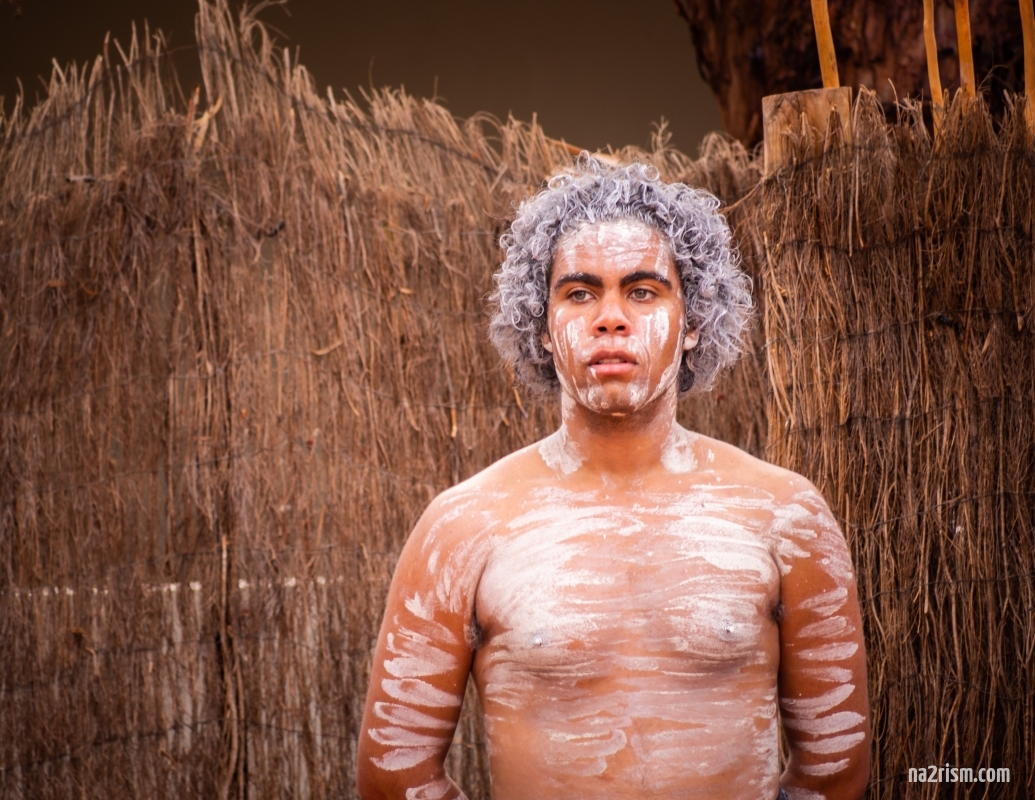The indigenous peoples of Australia, often referred to as Aboriginal Australians, have a rich and diverse cultural heritage that spans tens of thousands of years. Within this broad cultural landscape, the attitudes toward nudity among various Aboriginal groups, including the so-called “bushmen,” offer a fascinating insight into their traditional lifestyles and beliefs. These communities have lived in close harmony with nature, and their perspectives on the human body and nudity reflect this deep connection.
Traditional Lifestyles and Nudity
Aboriginal Australians traditionally lived in a manner that was deeply connected to the land. Their daily lives were dictated by the rhythms of nature, and their customs and practices were adapted to the often harsh environments in which they lived. In many of these communities, nudity was a natural and unremarkable state, dictated by practical considerations and cultural norms rather than notions of modesty or shame.
In the hot and arid regions of Australia, clothing was often minimal due to the climate. The traditional attire, when worn, was made from materials available in the environment, such as animal skins, bark, and plant fibers. These garments served functional purposes, such as protection from the sun or thorns, rather than for the purpose of covering the body for modesty. Nudity was a practical adaptation to the environment and was often seen during activities like hunting, gathering, or communal living.
Cultural Significance of the Body
The human body holds significant cultural and spiritual meaning for many Aboriginal groups. Body painting and scarification were common practices, with designs and markings carrying deep symbolic meanings related to identity, social status, and spiritual beliefs. These practices highlight a cultural view of the body as a canvas for expression and a medium for connecting with ancestral heritage and spiritual realms.
Nudity, in this context, was not seen as inherently sexual or provocative. Instead, the body in its natural state was viewed as a part of the natural world, to be celebrated and respected. The lack of clothing allowed for the display of body art and the physical manifestation of cultural stories and spiritual beliefs.
Modern Perspectives and Influences
With the arrival of European settlers and the subsequent colonization of Australia, traditional Aboriginal ways of life were profoundly disrupted. The imposition of Western values, including those related to clothing and modesty, significantly altered Aboriginal attitudes toward nudity. Missionaries and colonial authorities often enforced strict dress codes as part of their efforts to “civilize” the indigenous population, viewing traditional nudity as a sign of primitiveness that needed to be eradicated.
Despite these pressures, many Aboriginal communities have retained elements of their traditional lifestyles and cultural practices. Today, there is a growing movement among Aboriginal people to reclaim and celebrate their heritage, including traditional attitudes toward the body and nudity. Cultural festivals and ceremonies often feature traditional dress and body art, serving as a powerful reminder of the enduring connection between the Aboriginal people and their ancestral ways.
Contemporary Relevance
In contemporary Australia, the attitudes toward nudity among Aboriginal communities vary widely, influenced by factors such as geography, community norms, and the degree of assimilation into mainstream Australian society. Some communities, particularly those in remote areas, continue to practice traditional customs more freely, while others, especially in urban settings, may adhere more closely to Western norms of dress and modesty.
The resurgence of interest in Aboriginal culture and heritage has also sparked a broader conversation about the role of nudity in Australian society. As non-indigenous Australians seek to understand and respect the country’s indigenous heritage, there is an increasing recognition of the cultural contexts in which nudity is viewed. This understanding fosters a more nuanced appreciation of the diverse attitudes toward the human body that exist within Australia’s rich cultural tapestry.
The attitudes toward nudity among Australian bushmen and other Aboriginal groups are deeply rooted in their traditional ways of life, where the body is seen as an integral part of the natural world and a medium for cultural and spiritual expression. While colonization and Western influences have significantly impacted these attitudes, many Aboriginal communities continue to celebrate their heritage and reclaim their traditional practices. Understanding and respecting these perspectives on nudity not only enriches our appreciation of Aboriginal culture but also challenges us to reconsider our own societal norms and values regarding the human body.

